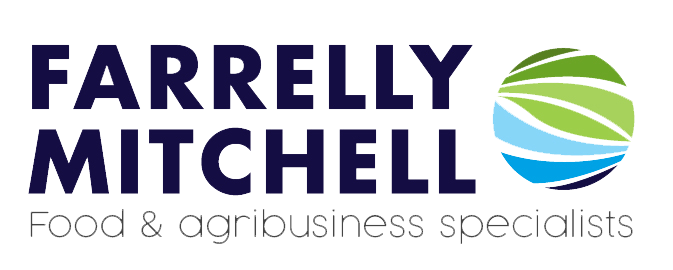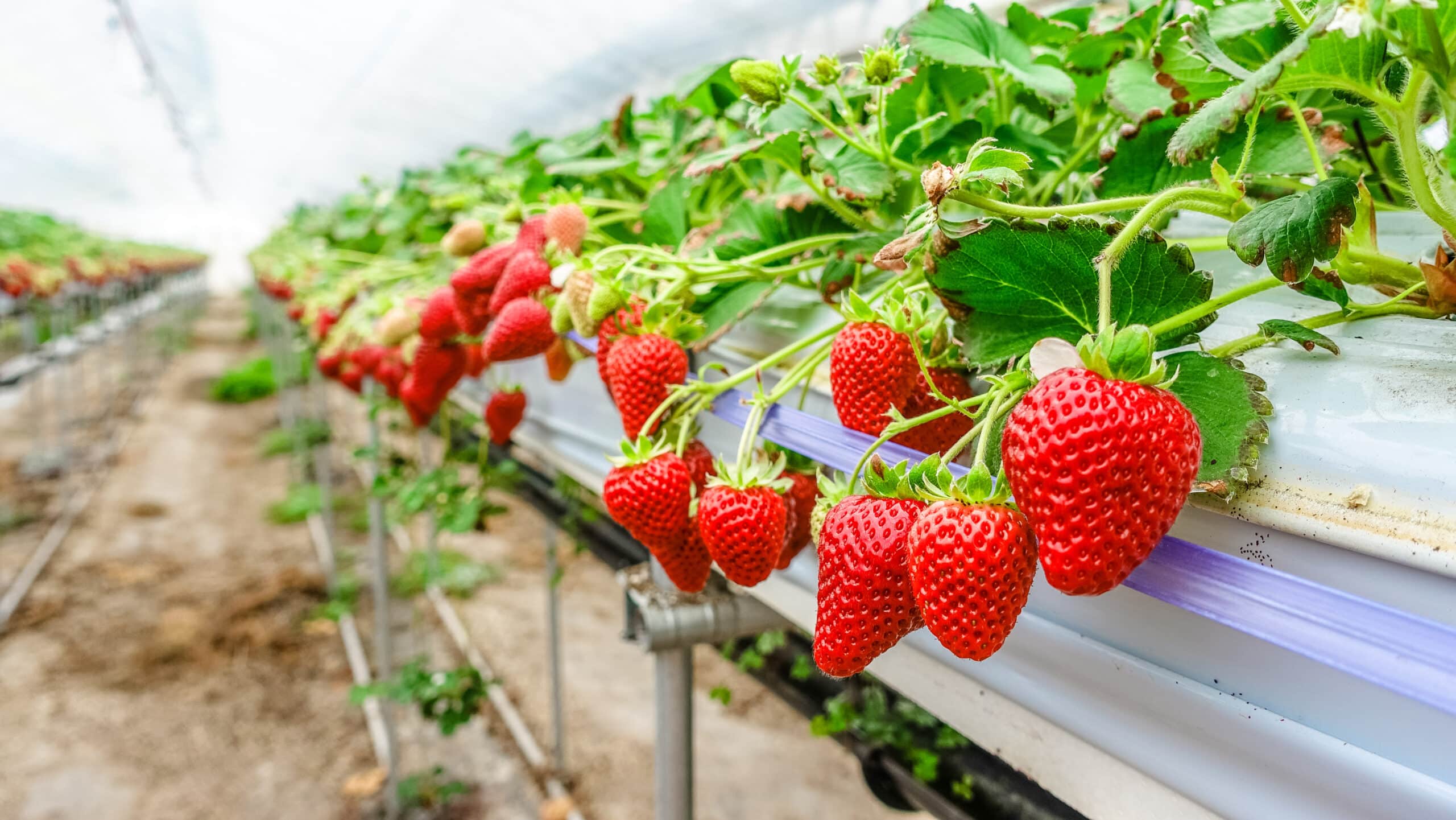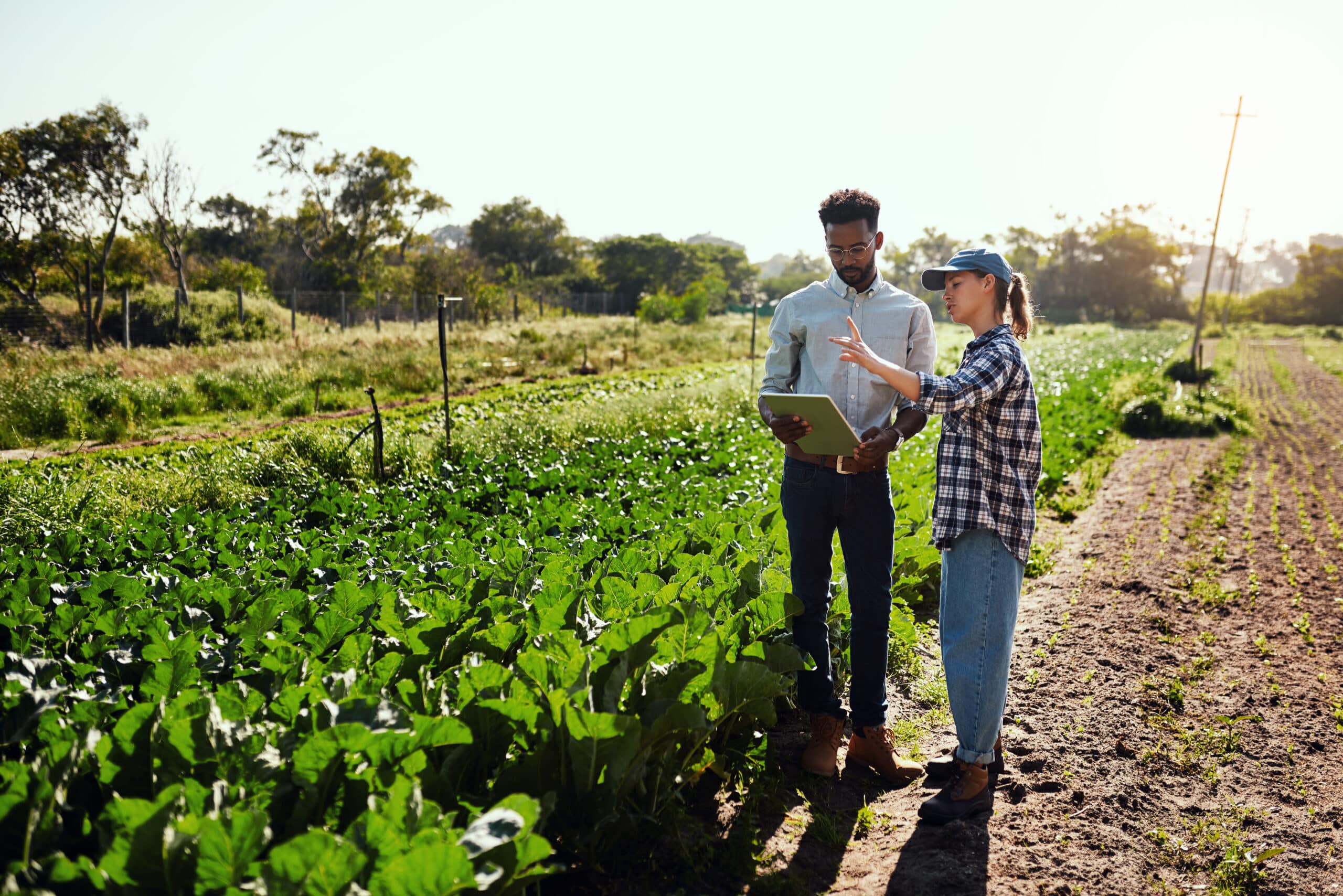A food feasibility study is a comprehensive assessment of a proposed food-related venture, such as a new product, restaurant, food processing facility, or supply chain initiative. Food feasibility studies produce clear recommendations on whether to proceed and often form the basis of business implementation plans. By systematically analysing market viability, supply chain logistics, and economic feasibility, they provide a comprehensive framework for understanding the viability of a project and diminish the risk of failure.
Market viability
Fundamental to assessing market viability is conducting a market analysis. This evaluates whether there is sufficient demand and favourable consumer sentiment to support the venture. This typically involves researching the target market’s size, supply and demand dynamics, growth potential, and customer preferences. A feasibility study will usually conduct or compile market research, which may include desktop research, surveys, interviews, and focus groups, to gauge consumer interest in the initiative and understand any other factors that might affect adoption. The goal is to identify who the ideal customers are, what they want, and how well the new product or service fits those needs.
A food feasibility study will analyse the competitive landscape, identifying existing competitors, their market share, pricing, and what drives consumers to choose them. It takes into account both global and local perspectives, recognising that while food trends may be international, their expression often varies by region.
For instance, while plant-based milks may be trending globally, preferences differ significantly by location. Oat milk is hugely popular in some Western cities, whereas soy or coconut milk is preferred in parts of Asia. By combining broad consumer trends with local market research, food feasibility studies provide a comprehensive evaluation of the market and provide a realistic indication of sales potential and achievable market share.
However, an effective market feasibility assessment does not just look at current supply and demand dynamics; it also considers future trends and consumer behaviour. In the food industry, trends can shift rapidly, as they are highly influenced by health research, popular diets, cultural shifts, and global events. Feasibility studies can assess whether these trends are likely to endure or if they are just temporary fads.
Food feasibility studies also analyse how consumers might respond to new products, taking into account factors such as price sensitivity, brand loyalty, and other preferences. It is also worth remembering that market success requires more than just alignment with broad trends. Even when market data indicates growing interest in certain categories, specific products may face challenges if they diverge too sharply from established consumer preferences or local food cultures. For instance, products like insect-based protein bars or lab-grown meat may not gain widespread acceptance, simply because they are alternative proteins.
Operational feasibility
Operational feasibility is a core part of any food feasibility study. This is where the study examines whether it is technically and logistically possible to produce the product at the required scale and quality. Even the most in-demand food product can fail if the supply chain and production logistics cannot reliably deliver it.
The feasibility study covers the various hurdles, if they can be overcome, and at what expense. To gauge operational feasibility, several key considerations must be assessed, namely the sourcing of raw materials, production processes, distribution networks, and general supply chain resilience.
Production planning is mapped out in detail during this stage, with process flow charts being used to identify potential bottlenecks in the production line. For example, where food products are being produced, the study will outline each step from ingredient prep to cooking, packaging, labelling, and shipping to ensure none of those stages will choke the throughput. It will identify all the required inputs, namely raw materials, ingredients, packaging, transportation and labour, and verify their availability and cost. A feasibility study must evaluate the availability of raw materials and determine optimal sourcing strategies.
For instance, a study might find that a certain product requires a fruit that can only be locally harvested seasonally, and so year-round production might necessitate importing the fruit from other regions, the use of preservatives, or refrigeration– each of which inevitably impacts costs and logistics. In particular, insufficient cold-chain logistics often provide a significant obstacle for perishable foods. In such cases, the study would need to consider the cost of building that capacity or the feasibility of partnering with a third-party logistics provider.
The feasibility analysis will also consider if local infrastructure supports the venture, whether there are adequate utilities (water, electricity, refrigeration), storage facilities, and transportation links to move goods. Where a specialised technology is needed, the study checks if it is available, if maintenance is feasible, and if staff can be trained to operate it.
Labour too requires careful consideration. This involves assessing whether the company, and indeed the region, has the workers with the necessary technical expertise and industry experience to deliver the project. Food feasibility studies will typically examine prevailing wage rates for any newly required roles and determine the overall labour cost implications, factoring in local market conditions and industry standards. This might also involve evaluating labour regulations, shift requirements, and additional expenses, such as benefits and training programmes.
Economic feasibility
No food feasibility study is complete without assessing its economic feasibility. This part of the study scrutinises both the business model and the numbers. It involves building a financial model of the proposed business – projecting revenues, expenses, cash flows, and capital required over a period of time (often the first 3-5 years of operation). Essentially, translating the business idea into a full budget and financial plan. If the numbers don’t add up, the study will recommend not proceeding or suggest modifications to the business model.
A good feasibility study will cover all expected costs: initial capital, operational costs, marketing and overhead, and so on. It will then forecast revenues, using either a top-down or bottom-up approach. From these, key financial metrics can be derived: profitability margins, Investment Rate of Return (IRR), Net Present Value (NPV), break-even point, return on investment, etc. These metrics will ultimately determine whether the required pricing and sales volumes are realistic and if the business can achieve long-term financial sustainability.
One of the benefits of doing these financial projections in advance is the ability to plan for lean periods. Many food businesses do not turn a profit immediately, and there is often a period of negative cash flow as sales build. A feasibility study will forecast this cash flow curve and determine how much start-up capital is needed to weather the initial losses. This often includes a monthly cash flow projection to show exactly when the venture will break even and start generating profit.
Ultimately, this insight provides entrepreneurs and investors with a clear understanding of what to expect and, in doing so, allows them to plan accordingly and arrange any financing that may be required to cover the initial shortfall.
Benefits of a food feasibility study
A comprehensive food feasibility study provides a 360-degree view of a project’s prospects by closely scrutinising market viability, supply chain logistics, and economic feasibility. It serves as a vital tool that transforms a promising idea into a well-considered business opportunity. It enables entrepreneurs and investors to diminish the risk of failure by sharpening the business concept, uncovering hidden challenges, and revealing new opportunities.
At Farrelly Mitchell, we specialise in delivering comprehensive due diligence and feasibility studies that empower businesses to make informed investment decisions. Our food industry experts combine deep sector knowledge with rigorous analytical capabilities to deliver actionable insights. With our extensive experience across the global food industry, we can provide detailed analysis of market opportunities, competitive landscapes, and operational requirements, helping our clients to navigate complex investment decisions with confidence. Contact us today to discuss how we can support your business’ ambitions.














